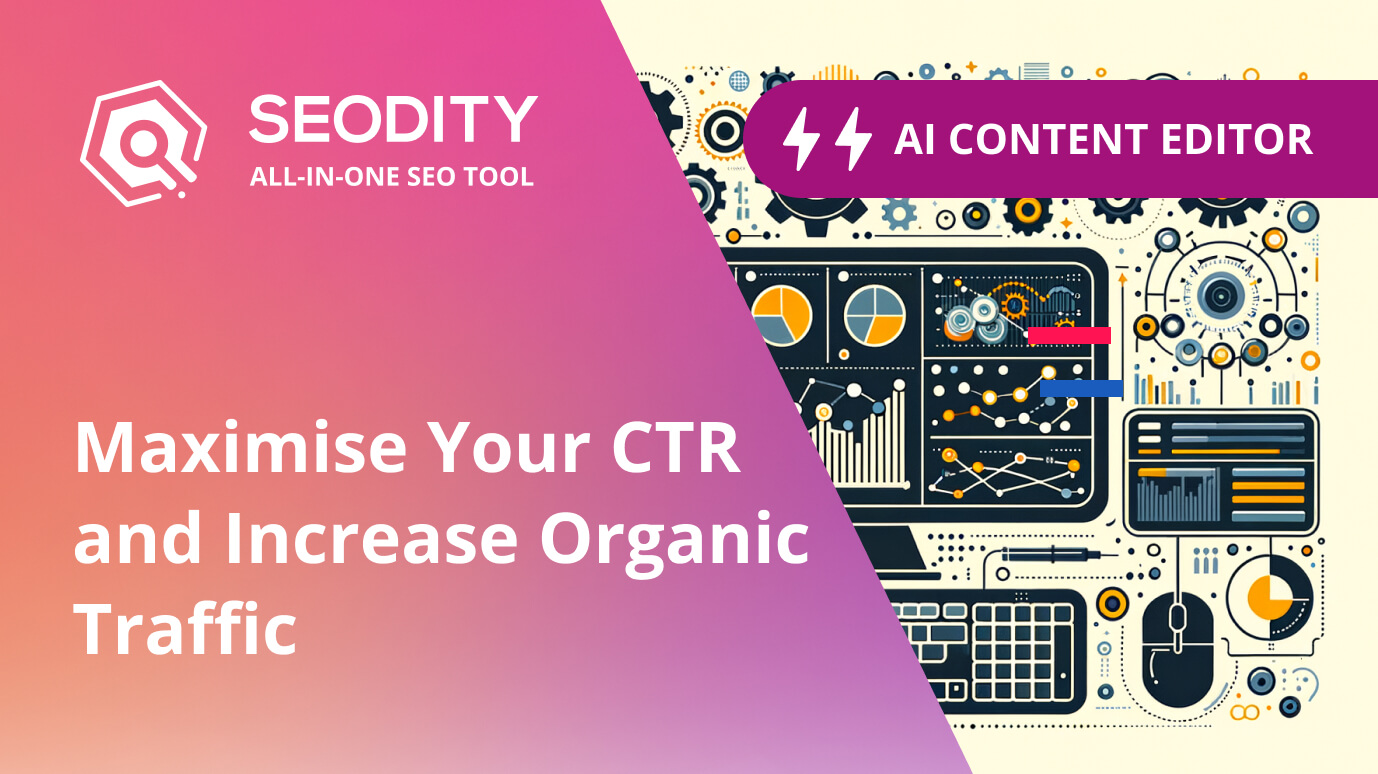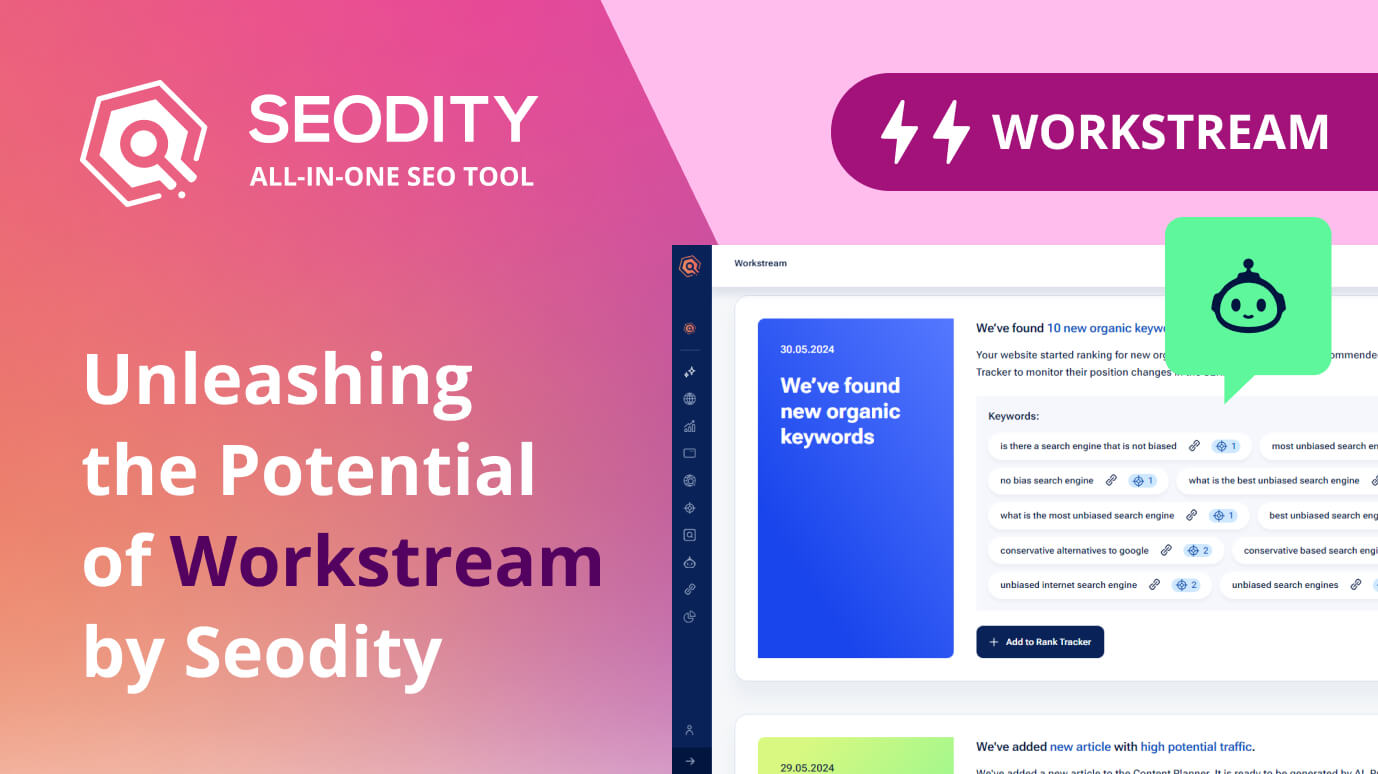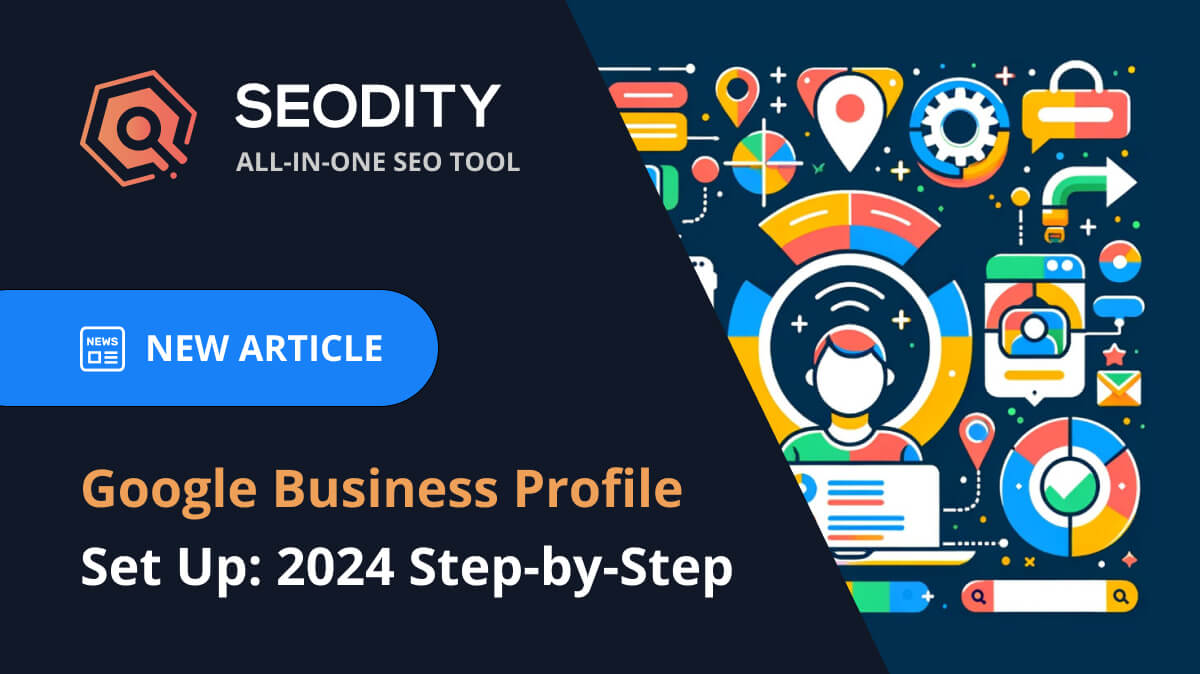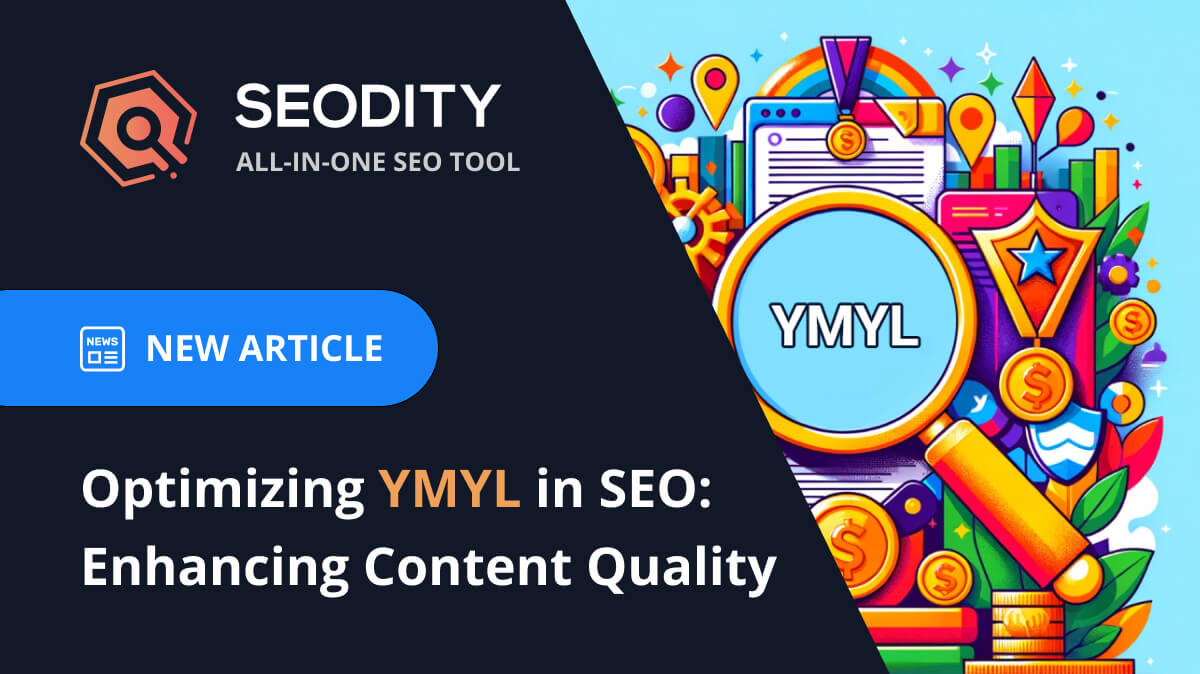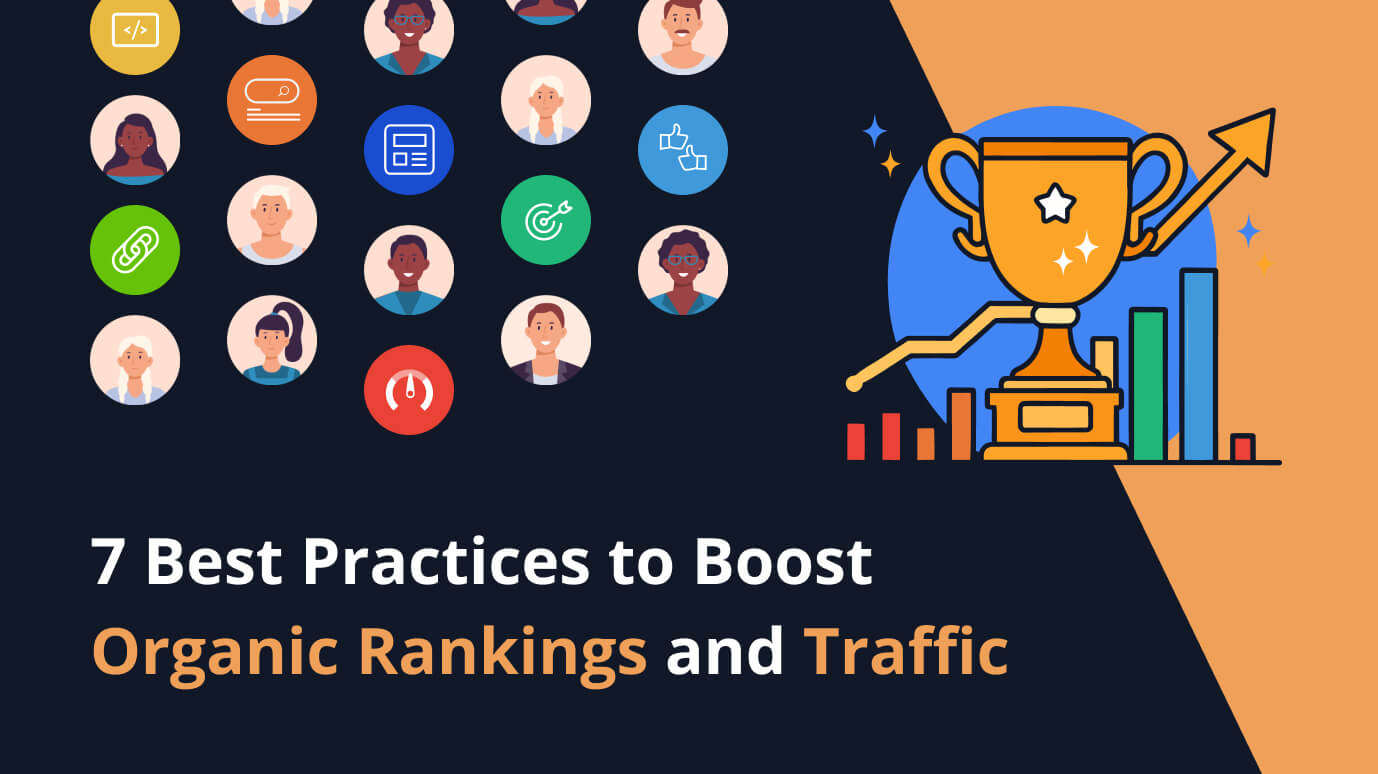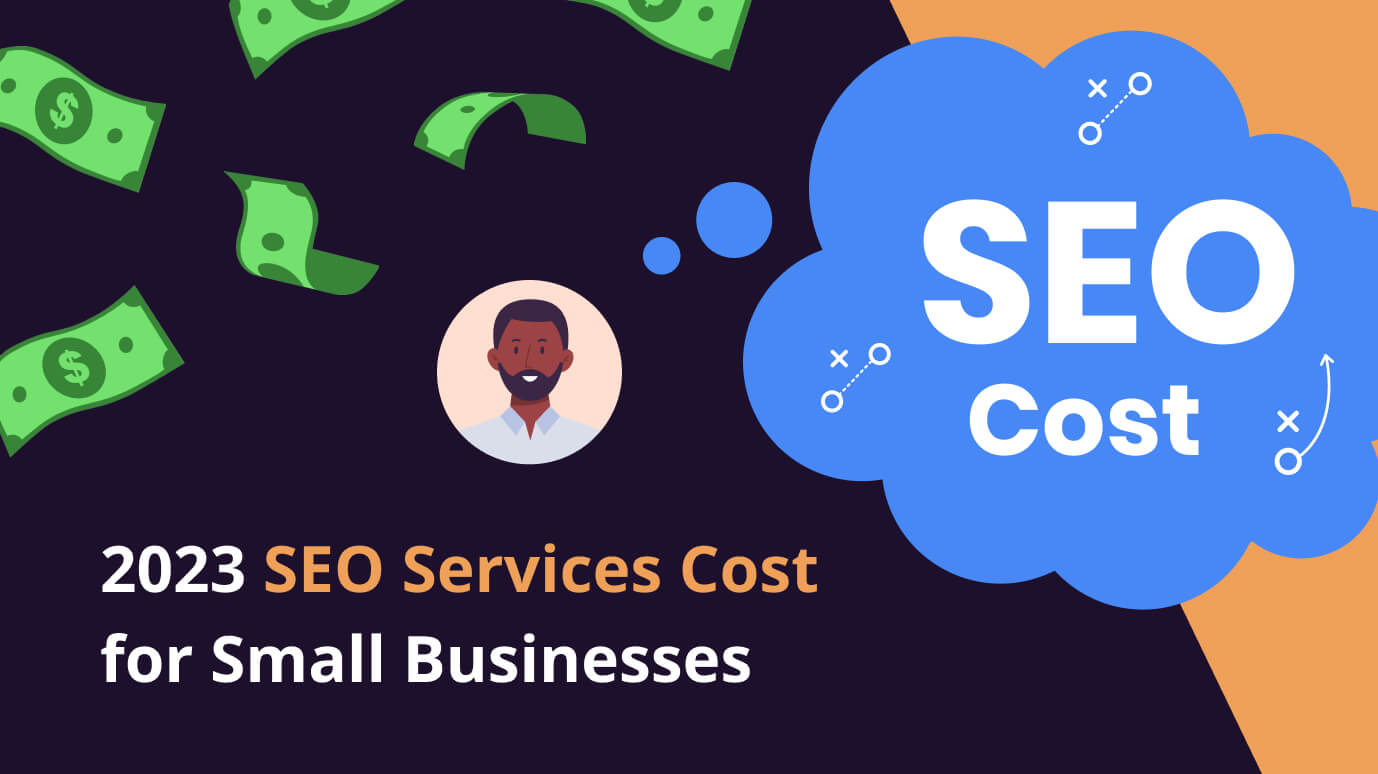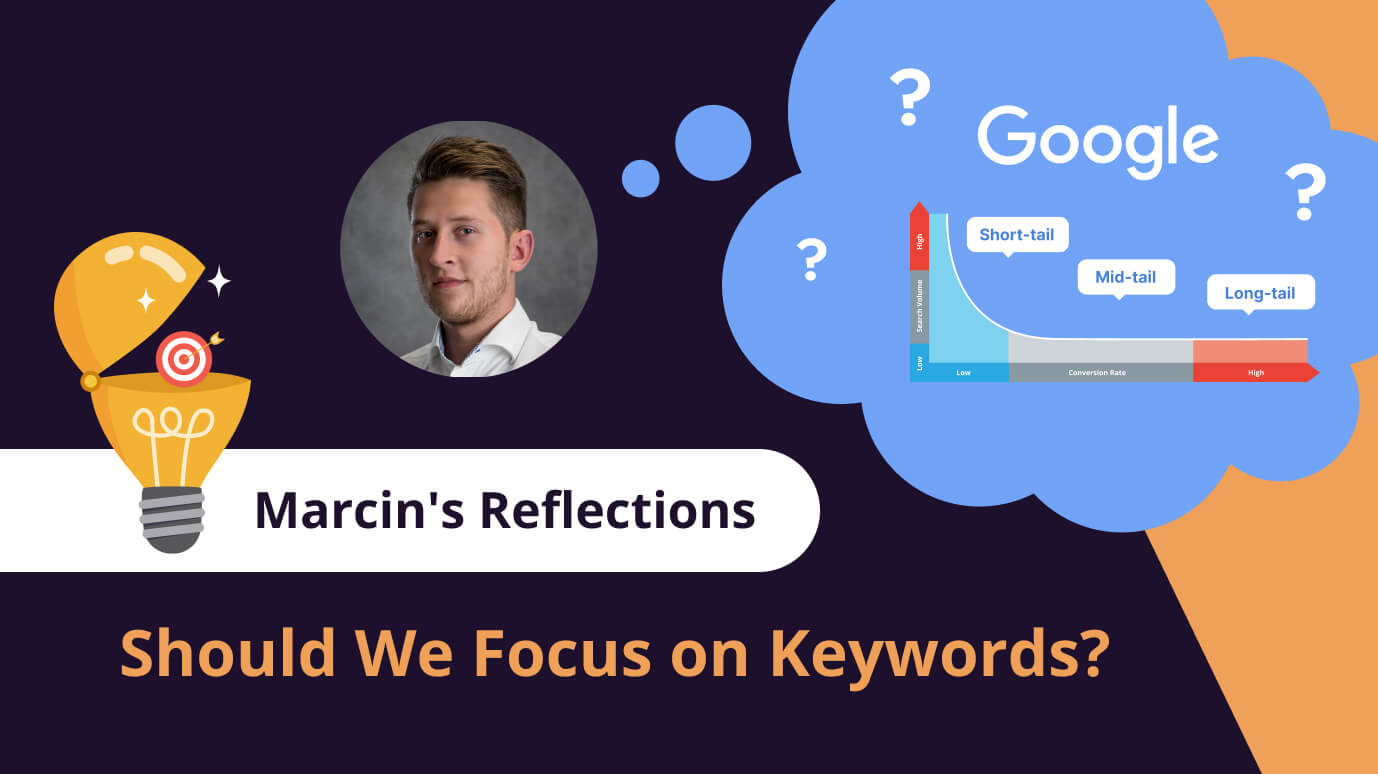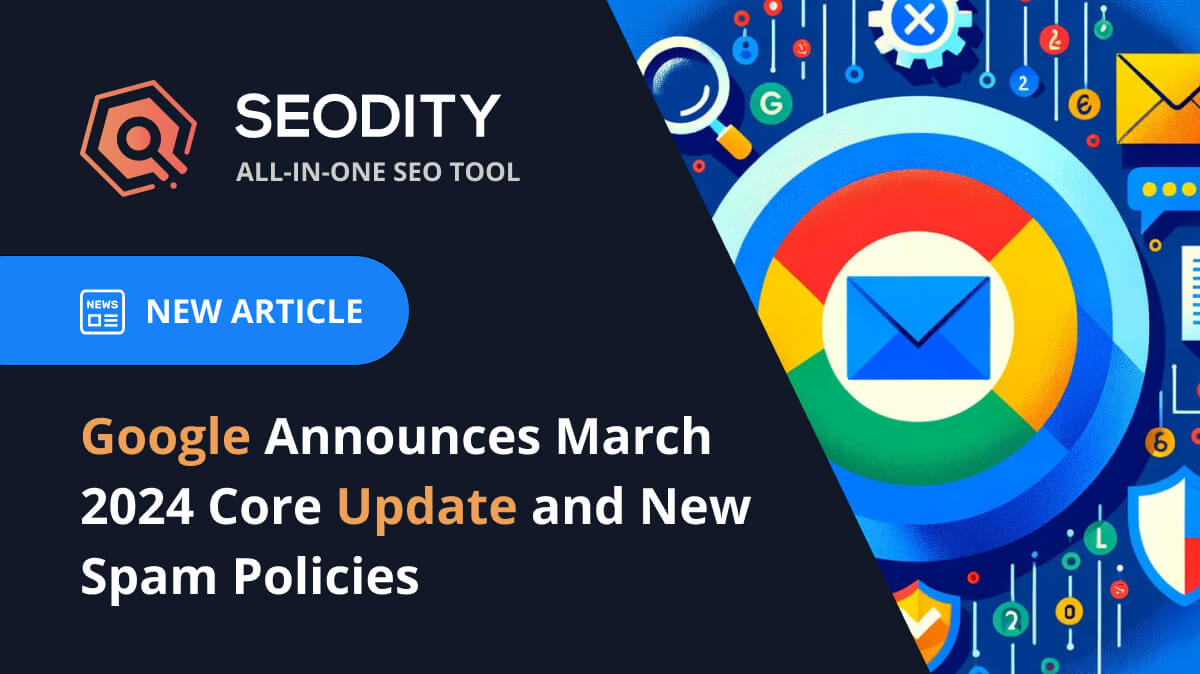
 6 min read
6 min readGoogle Announces March 2024 Core Update and New Spam Policies
Introduction to Google's March 2024 Core Update and New Spam Policies
Google has announced its March 2024 core update alongside new spam policies. This announcement, made on their official X platform and detailed further on the Google Developers Blog, represents a forward-looking effort to reduce clickbait content and prioritize material that genuinely serves users' needs. With an emphasis on curbing practices that detract from the authenticity and utility of search results, these changes underscore Google's ongoing commitment to refining its search algorithms and policy frameworks better to meet the demands of content creators and consumers alike.
The March 2024 Google update is more detailed, changing several key areas. It shows Google is improving how it identifies good content by not just looking at one thing. This update introduces strict rules against spam, addressing issues such as domain misuse, the creation of low-quality content, and website credibility. It encourages creators to focus on making high-quality content for users. This brief look into the March 2024 update and new spam rules sets the stage for a deeper discussion on their goals, effects, and tips for content creators. Future sections will provide in-depth insights, helping creators meet Google's higher content quality standards.
Objective of the Update
- Google's March 2024 update aims to improve the quality and usefulness of search results.
- Introduces new rules to fight spam.
- Focuses on reducing low-quality content made just for clicks.
- Promotes genuine, user-focused content.
- Encourages creators to produce valuable and trustworthy content.
- Enhances the search experience.
- Make sure good content stands out.
- Prevents attempts to game the system.
This update uses a range of new methods to evaluate how helpful content is, rather than just checking for specific quality indicators. It looks at many factors to decide how valuable a webpage is for users. Google has also created a new FAQ page to explain this update in detail.
The update will take about a month to roll out fully, and websites might see more changes in their rankings during this time. The advice for content creators is to keep making high-quality content focused on what users need. There's no need for any specific new actions in response to this update. Google's goal with this update is to ensure beneficial content is easier to find, promoting a better internet where quality and helpfulness matter most.
Complexity and Impact
This update improves and adds to Google's core processes, making its systems better at finding and highlighting useful information. It's all about being more effective at recognizing the most helpful content for users.
It shows Google's dedication to improving how it evaluates content, moving away from simple measures. It introduces new ways to judge if content is useful, aiming for a better search experience that focuses on users. As these changes take place, expect bigger shifts in search rankings while the new methods are fine-tuned.
These changes benefit users by making it easier to find useful and relevant content. For content creators, it's a chance to meet Google's higher quality standards by making content that truly answers users' questions and interests. The main point for creators is to prioritize making content that focuses on what users need.
The March 2024 core update is designed to improve search results by evaluating content in a more detailed way. Its goal is to reduce the visibility of low-quality content that's just trying to get clicks and make sure that the search results are more useful and trustworthy. This update is expected to benefit both users and creators by prioritizing content that is truly valuable and relevant.
Advice for Content Creators
Creators must evolve their content to keep up in search rankings. The update highlights the need for useful content made with the audience in mind. This means shifting from clickbait tactics to producing high-quality, insightful, and engaging content.
Content creators should review their content plans to ensure they align with Google's focus on user-first content. This means looking at what you've already created to see if it's high-quality, relevant, and useful, and making changes if needed. Aim to create content that answers what your audience needs and cares about. This will help you follow Google's rules and build trust in your field.
- Check content plans against Google's user-first focus
- Evaluate existing content for quality, relevance, and usefulness
- Adjust content as necessary
- Focus on answering the audience's needs and questions
- Align with Google’s guidelines to build trust and authority
The updated spam rules now focus on stopping the misuse of expired domains, mass-produced content, and actions that harm a site's reputation. Creators need to be careful about how they try to get better search rankings. Avoid using old domains just for their history or making lots of poor-quality content. Instead, prioritize creating original, detailed, and valuable content that fully answers your audience's questions.
Google’s advice for content creators is clear: prioritize quality over quantity, ensure authenticity, and create to add value to your audience. Additionally, it is vital to stay informed about Google's updates and understand how they impact your content strategy. Use Google's resources, such as the FAQ page on the March 2024 core update and guidelines on creating helpful, reliable, people-first content, to guide your content creation efforts.
The goal is to contribute positively to the online ecosystem by providing content that educates, informs, and enriches the user's experience. By aligning your content strategy with Google's guidelines and focusing on your audience's genuine needs, you position yourself to succeed in a search landscape that values and rewards high-quality, user-focused content.
AI Content and Spam Policy
The growing interest in how artificial intelligence (AI) and search engine rules interact is drawing attention. As AI gets better, creators are making a lot of content quickly. However, this raises questions about whether search engines like Google view AI-generated content as genuine and valuable. The update and its latest spam rules make it clearer how Google views AI's role in content creation, especially when it comes to affecting search rankings.
Google's new rules highlight that AI can be useful for creating content, but it should be used to provide real value to users. Content made to trick search engine rankings, whether by humans, AI, or both, could be considered spam. This especially applies to producing a lot of content that sacrifices quality and uniqueness just to get better search results.
Content creators should use AI to improve their content's quality, relevance, and usefulness, rather than just trying to rank better on search engines. Using AI to create content is acceptable, provided it is original, authentic, and user-focused. Google's new policy makes sure AI helps make content better for users, not worse through cheap tricks.
Implementation and Effect
Google's March 2024 Core Update aims to improve online content quality, affecting search rankings. It rewards sites with valuable content and penalizes those manipulating rankings. The focus is now on creating useful, high-quality content and adopting ethical SEO practices. This update affects all web content, promoting more informative and trustworthy online spaces. Content creators should adapt their strategies to meet Google's quality standards, staying informed with Google's guidelines to ensure their content remains effective and relevant. The goal is to make the Internet a richer source of information and learning.

Marcin is co-founder of Seodity
.svg)


